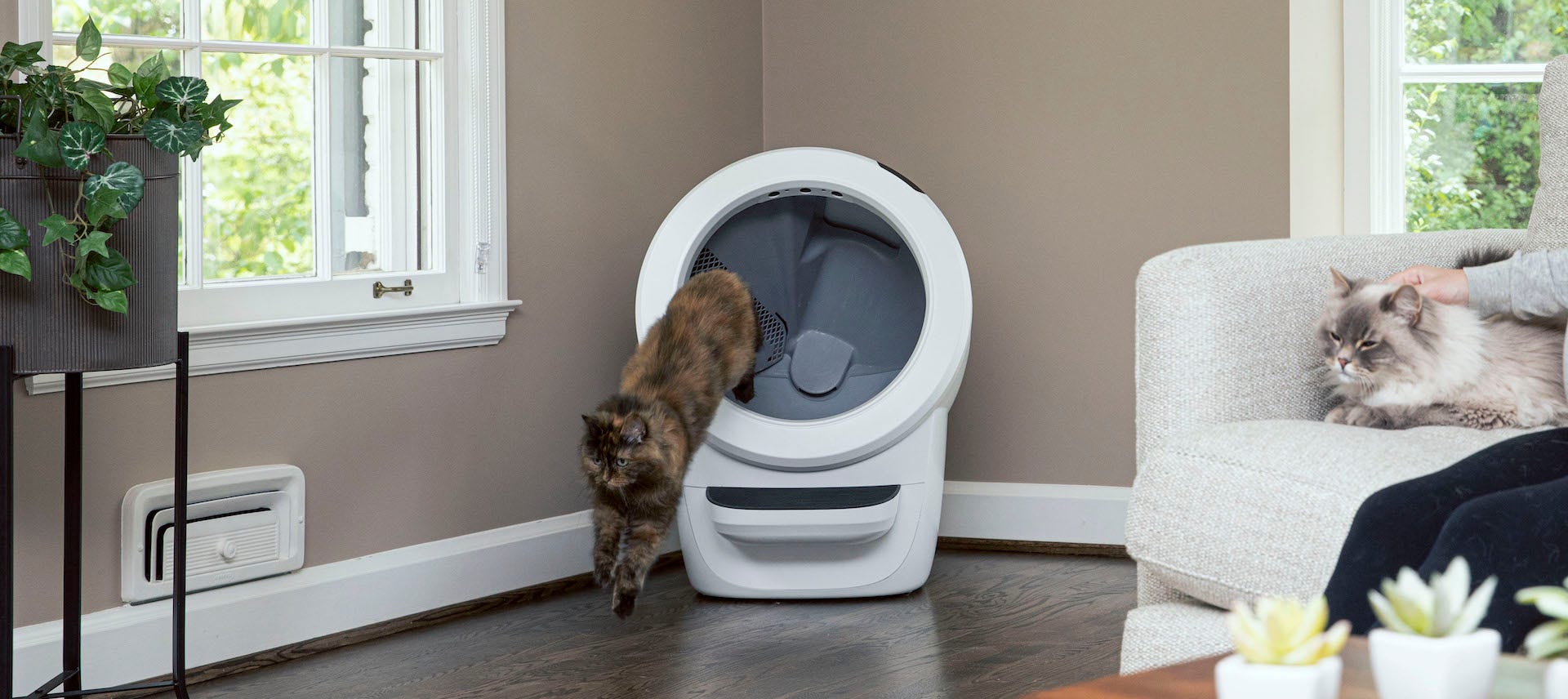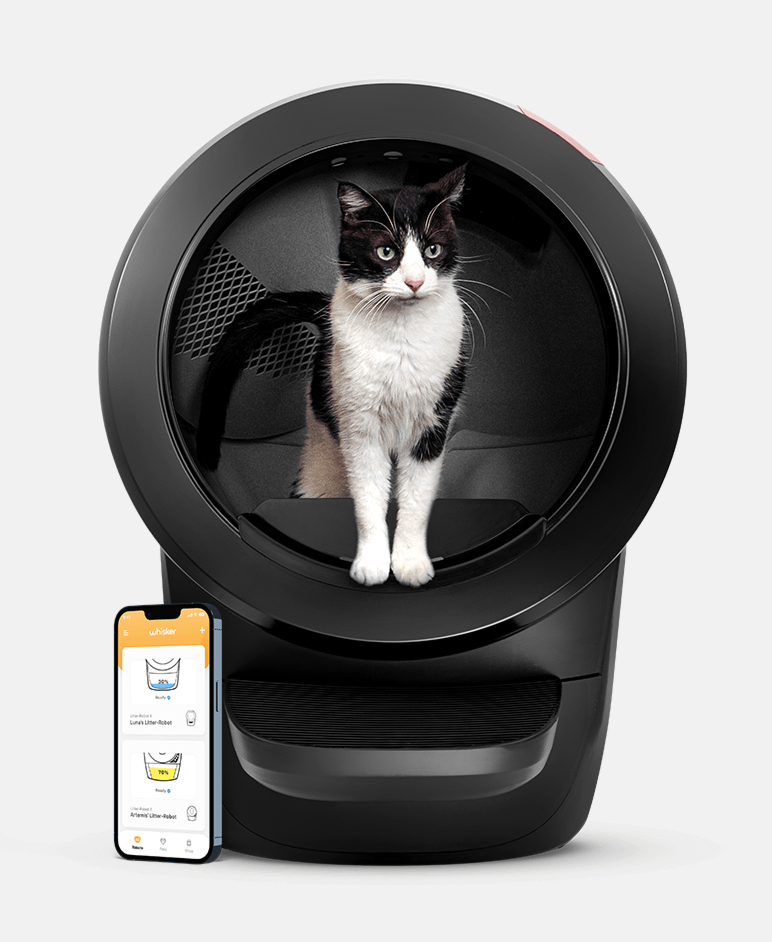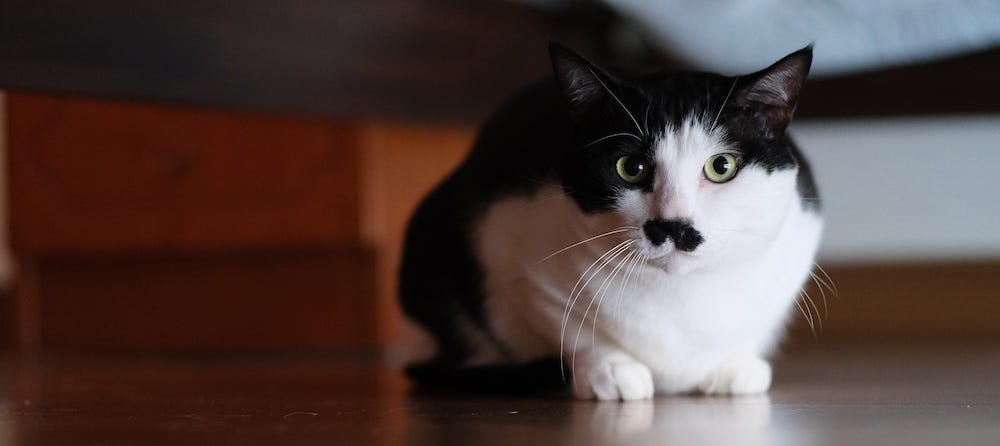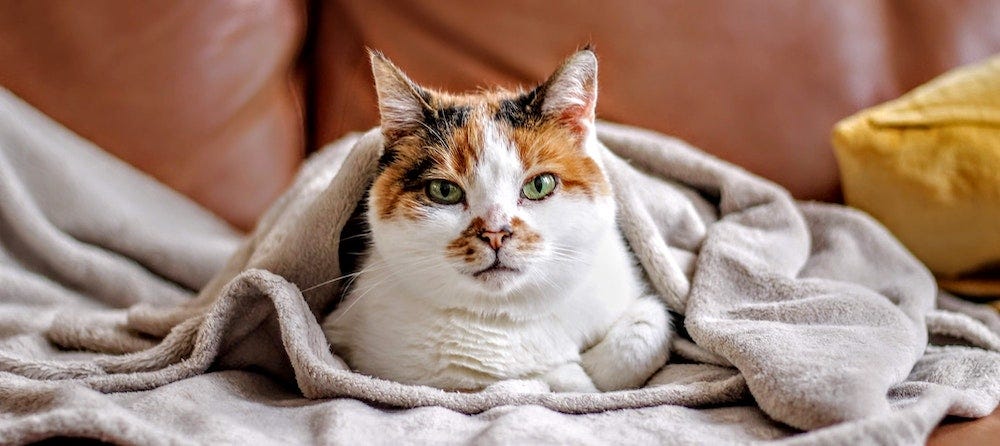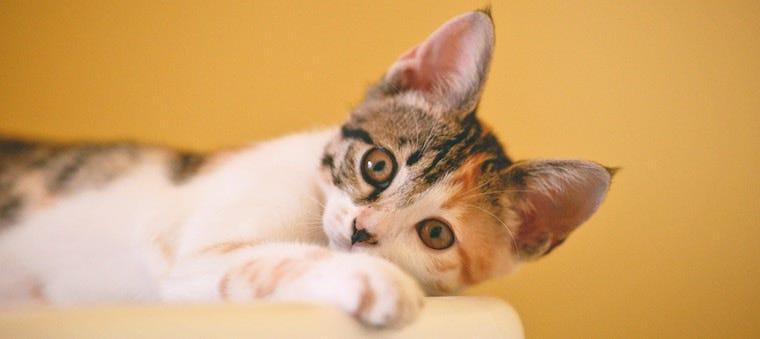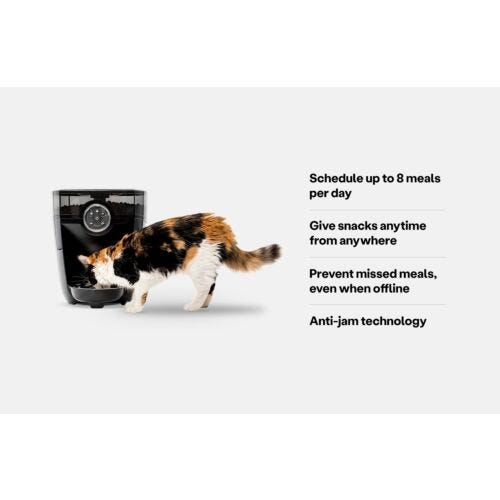Admit it. Cleaning the litter box is a dirty job, right? No one wants to scoop poop. After all, it stinks.
As a cat owner, it used to be my most hated household chore. Yet, it was the one that nagged me the most. (My husband often made fun of me, as he thought I was a neurotic scooper. As soon as I’d get home from the veterinary clinic, the first thing I’d do was scoop!) The reason why? Well, not only did I detest the smell of urine and feces in my house, but I didn’t want to chance that my cats would develop any medical problems from having a dirty litter box.
Cat health issues from a dirty litter box
As an emergency critical care veterinary specialist, I’ve seen way too many medical problems from having a dirty litter box. And that’s why I’m adamant that you need to scoop daily (or use an automatic litter box that does it for you!). You want to make sure your cat has a clean box of litter as often as possible to help minimize two medical problems: Feline Idiopathic Cystitis (FIC, formerly known as Feline Lower Urinary Tract Disease) or the more life-threatening urinary blockage called Feline Urethral Obstruction (FUO).
Feline Idiopathic Cystitis and Feline Urethral Obstruction
Signs of FIC and FUO are hard to distinguish from each other, as they are very similar. Feline Idiopathic Cystitis isn’t typically an emergency, yet a Feline Urethral Obstruction can be life-threatening. (With an FUO, the poisons from your cat’s kidneys build up in the bloodstream from the inability to urinate, resulting in temporary kidney failure, salt balance abnormalities, and, rarely, death.) For this reason, you want to minimize the risk of either occurring, while also carefully monitoring your cat(s) for any of these clinical signs (which is where Litter-Robot 4 is helpful—you can check how often your cat is using the box from the technology of your smartphone!).
Signs of FIC and FUO include:
- Making multiple trips to the litter box
- Acting constipated
- Straining to urinate
- Urinating in unusual places (such as bathtub, potted plant, sink, etc.)
- Excessive licking of the perineal area (e.g., penis, prepuce area)
- Howling or crying excessively
- Acting pained when picked up
- Not eating
- Hiding/lethargy
- Vomiting
So, how does one tell what’s wrong? To tell the difference between a Feline Idiopathic Cystitis versus a life-threatening Feline Urethral Obstruction, I need to be able to do a physical examination as a veterinarian—hence, why the veterinary visit is so important. With Feline Idiopathic Cystitis or the rarer UTI, your veterinarian may not be able to feel the bladder, as it may be very small. Sometimes, it’s very small but thickened from inflammation. That’s completely different from an FUO, where the bladder will be large, distended, and non-expressible, and the penis may be sticking out from straining so hard; that is a medical emergency and must be treated immediately.
FIC and FUO
Feline Idiopathic Cystitis is treated on an outpatient basis, with fluids under the skin to help hydrate and flush out the bladder, pain medication, and canned food.
Feline Urethral Obstruction is treated with sedation, unblocking (by placing a urinary catheter), aggressive IV fluids, pain control, and appropriate monitoring and supportive care (including blood work, urine output monitoring, etc.).
As an emergency critical care veterinary specialist, I’m often asked to “triage” cats to see if they have a urinary blockage (FUO). Often, I’ll palpate their bladder in the waiting room and if I don’t feel a blockage, I recommend that they be seen for supportive care. However, I’ve had cat parents who are experienced with FIC and opt to be “triaged away” and leave the emergency room immediately after determining that they aren’t blocked, and elect to be seen at their family veterinarian the next day.
Thankfully, the prognosis is good, but it can be a very costly emergency veterinary visit.
Kitty litter husbandry

Keep in mind that when I see cases of Feline Idiopathic Cystitis or Feline Urethral Obstruction in the animal ER, I always take the time to communicate with the pet parent about the importance of kitty litter husbandry. What exactly is husbandry? (No, it doesn’t mean your husband takes care of the litter box for you!) Husbandry means the “care of.”
If you leave the litter box really full, it’s gross. It’s dirty. It stinks. And remember, cats are such fastidious creatures, they don’t want to step into a dirty litter box too often. They may choose to only urinate once a day instead of 2-3x/day; when this happens, their urine becomes very concentrated, and with it, red blood cells, mucous plugs, or even crystals can become more concentrated. This can potentially result in signs of either FIC or FUO. That’s why having a clean litter box is essential to good cat health.
I generally have 2 litter boxes rules for cat owners:
- Have n+1 traditional litter boxes per cat
- Scoop daily—or get a self-cleaning litter box
Have n+1 traditional litter boxes per cat
If you have 1 cat, you need n+1 litter boxes (in other words, 2). If you have 3 cats, you need 3+1 litter boxes (a total of 4). Why? It’s because cats are territorial and often will use one specific litter box.
If you have a Litter-Robot automatic kitty litter box, typically 1 per 3-4 cats is sufficient, since Litter-Robot provides a clean bed of litter after every use.
Keep in mind, if you abide by the n+1 rule, it doesn’t mean that you can scoop less frequently. Which brings me to rule #2.
Scoop daily – or get a self-cleaning litter box
You need to scoop daily. Yes, I know it’s a dirty job, but it’s really important for your cat’s kidney and urinary health. Again, crystals, grit, red and white blood cells, and mucous clumps can become more concentrated, getting stuck in the urethra (the tube leading from the bladder to the exterior of the body). This becomes more of a problem in male cats, as their urethra is narrower.
If scooping daily is too big of a chore, try a self-cleaning litter box. Litter-Robot 4 automatically separates your cat’s waste from the clean litter—so your cat has a fresh place to go every time.
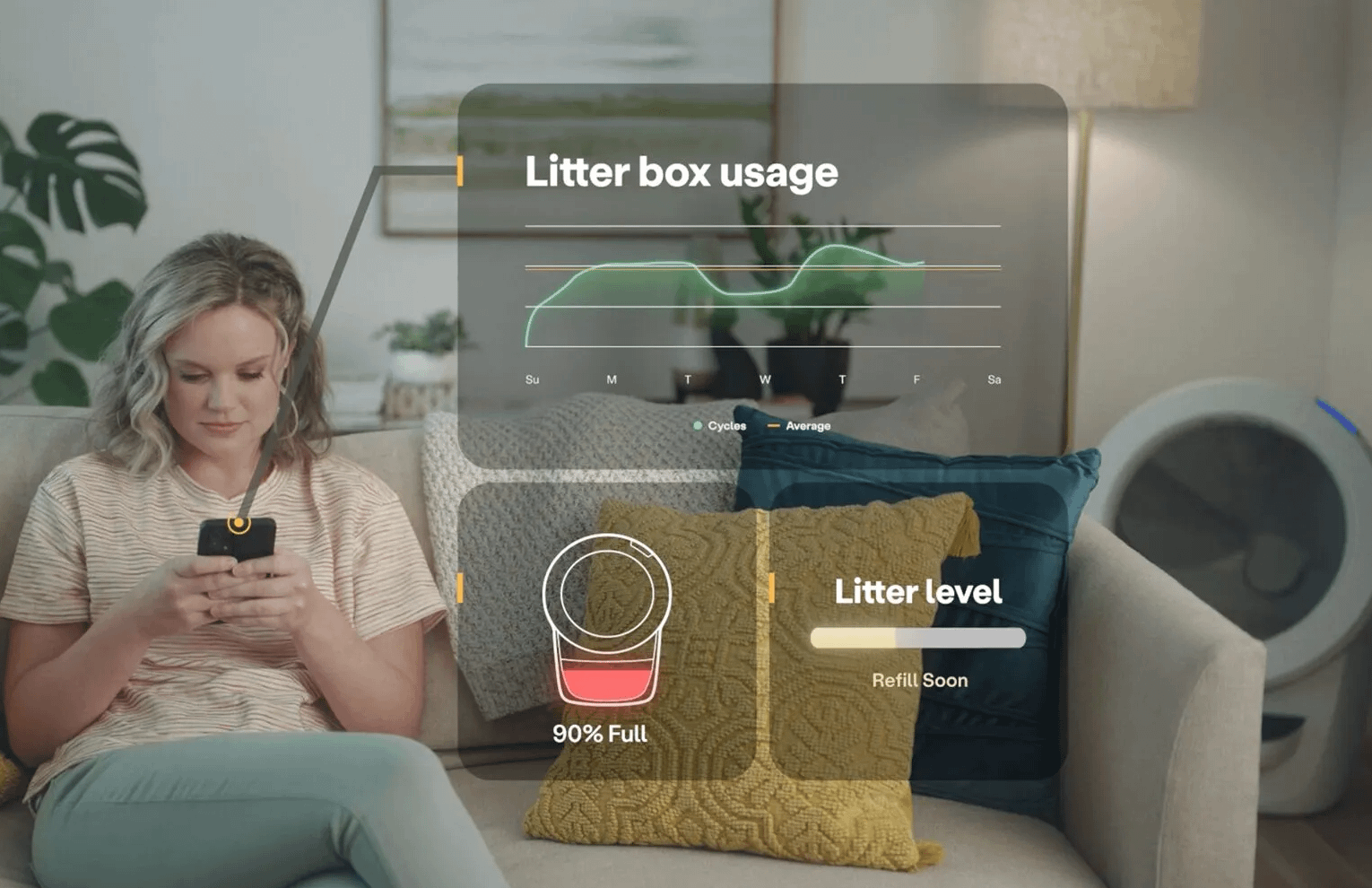
Remember what I said earlier about checking how often your cat is using the box from the technology of your smartphone? Litter-Robot 4 takes this a step further, letting you view accurate litter and waste drawer levels, cat weight, and litter box activity, all through the Whisker app. You can see historical data to help you identify patterns and potential irregularities in your cat’s litter box health.
For the sake of your cat’s health, a clean litter box is a must!
If you want more litter box tips, check out our full litter box guide.
